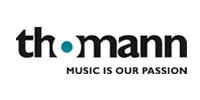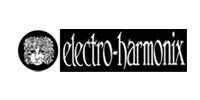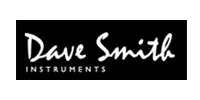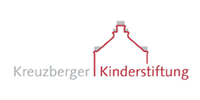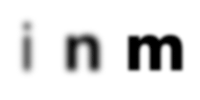ohrenhoch-Kids und ohrenhoch-Kids Nachwuchs

The ohrenhoch-Kids and youngsters
is a music school dedicated to electronic music and audiovisual art
The ohrenhoch-Kids get together once a week at 'ohrenhoch, der Geräuschladen'.
Everyone is cordially welcome to participate, and thereby become an ohrenhoch-Kid.
The ohrenhoch Music School for Audio Art for children and young teenagers of age 7-12 years is free of charge for everyone in this age group.
Still younger kids may participate as ohrenhoch-Youngsters
ohrenhoch-Youngsters, 5-7 years young
The youngsters get together once a week at ohrenhoch, der Geräuschladen.
The ohrenhoch-Kids present their work at a public exhibition in the Sound Gallery ohrenhoch, which takes place three times a year. (see Projects)
Together we create remarkable, fantastic projects which are especially attractive for kids who are fascinated by research, by building or by composing sounds. We also go on excursions where we collect new sounds and ideas:-)
The School for Electroacoustic Music, Composition, Acoustic Plays, Field Recordings, Audio Installations and Sound Objects reveals not only a variety of Audio Impressions, but also acquaints us with concrete practice of handling electronic equipment, as well as creating our own sound works, sound objects and acoustic plays.
The content of the courses has been practically trimmed to meet the needs of 7 to 14 year-olds.
Making music with electronic instruments
The idea of the ohrenhoch Music School occurred to Knut Remond in 2008: to record a great variety of sounds on various technical equipment, such as tape recorders or mp3 recorders, and then to treat the resultant recordings in such a way as to expand our consciousness of the acoustical spectrum.
The ohrenhoch Music School is especially and explicitly aimed at the needs of children and young teenagers who are curious and interested in various electronic devices (analog and digital) such as: cassette tape recorders, reel to reel tape recorders, mp3 recorders, microphones, mixing consoles, samplers, phonographs, as well as such synthetic sound producers as: synthesizers, drum-computers, effect devices, and the usability and operation of a personal computer.
The children and young teenagers are first of all introduced to sound emitters, not the other way around, which means:
We don't try to fill them with theoretical ballast, but rather introduce them directly and hands-on with the broad field of eletro-acoustical or electronic music in connection with audio installations and sound objects.
There are no musical or technical prerequisites for the ohrenhoch Music School.
Sound research
It is important for me to offer the children and young teenagers an acoustical world in manifold ways, so that they may have the possibility of coming in contact with contemporary audio art right from the beginning.
The ohrenhoch Music School trims and trains our senses for the acoustical, for that which sounds, for little everyday sounds we normally take for granted, as well as for the manifold richness of contemporary electroacoustical music.
We are imbedded in a sound universe which is at once rich, fascinating, but also strange.
Laughing, clearing ones throat, rustling a newspaper, handy tones, humming of motors, chirping of birds, squeaking of doors, beating of raindrops, rattling of dishes, rushing of water, murmuring, hissing, squarking, blowing, tapping, knocking, krackling, whispering ...
We shall examine this spectrum of sounds using diverse manipulations and transformations. This allows us to plunge deep into the interior of the listed sounds, in order to discover their hidden beauty, but also their strangeness.
The world consists not only of pictures, there are all kinds of sounds around us. Our eyes may hear, just as our ears may see.
Without doubt we need an extended comprehensive ear training, just as we learn to talk, read and write early in our lives.
The ohrenhoch Music School is dedicated to children and young teenagers, in order that they may come in contact with audio art in a more sensitive, open, critical, differentiated, self-conscious and communicative way, but also in order to be able to seize more emancipated standpoints, and to learn to make order in the rich aesthetic jungle, to deal with it, to go into it and be happy in and with it.
Knut Remond







